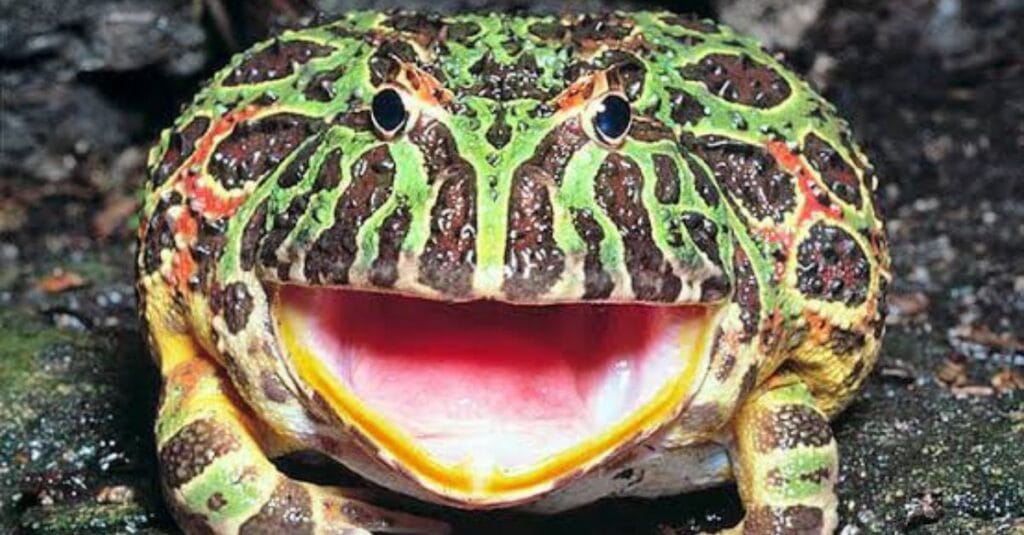🐸 What to Expect During Pacman Frog Molting
A Complete Guide to Shedding and Skin Health in Pacman Frogs
What to Expect During Pacman Frog Molting - At a Glance
Pacman frogs molt regularly to remove old skin and maintain health. Expect reduced activity, dull coloration, and skin peeling—often followed by the frog eating its shed skin. While usually normal, stuck shed or inactivity can signal issues. Maintain humidity and avoid handling during this time.
Molting (also called shedding) is a natural process for all amphibians—including your Pacman frog. This biological behavior helps your frog maintain skin health, grow, and protect itself from pathogens. But if you’re a new owner, the signs of molting can be confusing or even alarming.
In this article, you’ll learn:
What normal molting looks like
How often Pacman frogs shed
How to tell the difference between healthy vs. problematic shedding
Best care practices during molting
When to worry—and what to do
Why Do Pacman Frogs Molt?
Molting is essential for:
Removing dead or damaged skin cells
Allowing for growth in younger frogs
Shedding parasites and bacteria from the skin
Maintaining hydration and protective mucus layers
👉 Pacman Frog Growth Stages Explained
👉 Pacman Frog Behavior: What’s Normal and What’s Not
How Often Do Pacman Frogs Shed?
| Age Group | Molting Frequency |
|---|---|
| Juveniles | Every 1–2 weeks |
| Sub-adults | Every 3–4 weeks |
| Adults | Every 4–6 weeks (less frequent) |
Frequency depends on:
Growth rate
Humidity levels
Diet and hydration
Overall health
Signs Your Frog Is About to Molt
Here’s what you might observe in the 24–48 hours before shedding
| Sign | Meaning |
|---|---|
| Dull or grayish skin | Old skin is separating from new layer beneath |
| Reduced activity | Conserving energy for the shedding process |
| Hiding or burrowing more | Seeking comfort and privacy |
| Loss of appetite | Temporary and normal before/after molting |

What Happens During Molting?
The molting process typically lasts a few hours:
The frog begins rubbing or scrunching up its skin using its front legs.
Old skin peels away, usually starting at the head and moving back.
The frog often eats the shed skin—a behavior that:
Recycles nutrients
Prevents attracting predators (in the wild)
Keeps the enclosure clean
Fun fact: Eating shed skin is completely normal and healthy!
Ideal Conditions for Shedding
To support a smooth molt, ensure
| Factor | Ideal Range |
|---|---|
| Humidity | 70–90% (mist 1–2x daily or use moist moss) |
| Temperature | 75–85°F (24–29°C) |
| Substrate | Loose, damp substrate for burrowing (e.g., coco fiber) |
| Water access | Shallow clean dish to soak if needed |
Warning Signs of Problematic Shedding

Occasionally, things can go wrong. Watch for:
Stuck shed on toes, face, or belly
Frog appears bloated or uncomfortable post-molt
Lethargy lasting more than 48 hours after shedding
Redness or irritated skin

If you spot these issues:
Gently mist the frog to soften remaining skin
Avoid pulling stuck skin—let it shed naturally
Consider a lukewarm 5-minute soak in dechlorinated water
Contact a herp vet if symptoms persist
FAQ: Pacman Frog Shedding
Q: My frog ate its skin—is that normal?
A: Yes! It’s a natural and healthy behavior.
Q: What if my frog doesn’t shed for a month?
A: Adult frogs molt less frequently. As long as skin looks healthy and behavior is normal, it’s fine.
Q: Can I help my frog molt?
A: Only by ensuring ideal humidity and hydration. Don’t handle or peel the skin manually.
Final Thoughts
Molting is a vital process for Pacman frogs. While it may look odd to beginners, it’s completely natural. Understanding what to expect—and how to provide the right conditions—will keep your frog healthy, happy, and stress-free through every shed.
